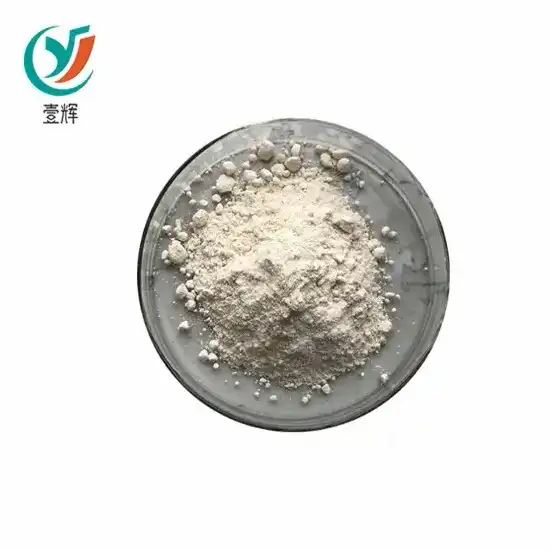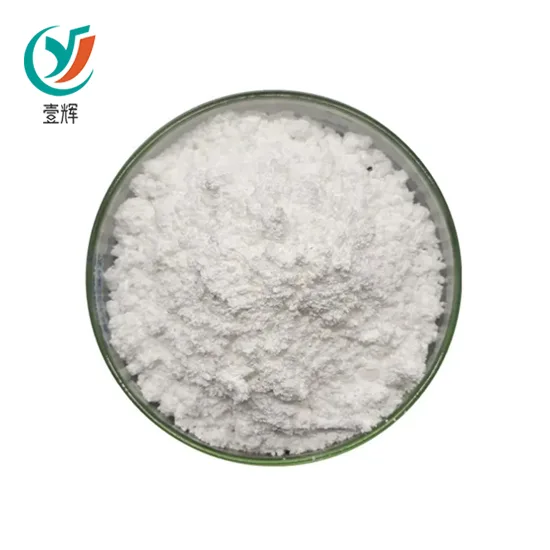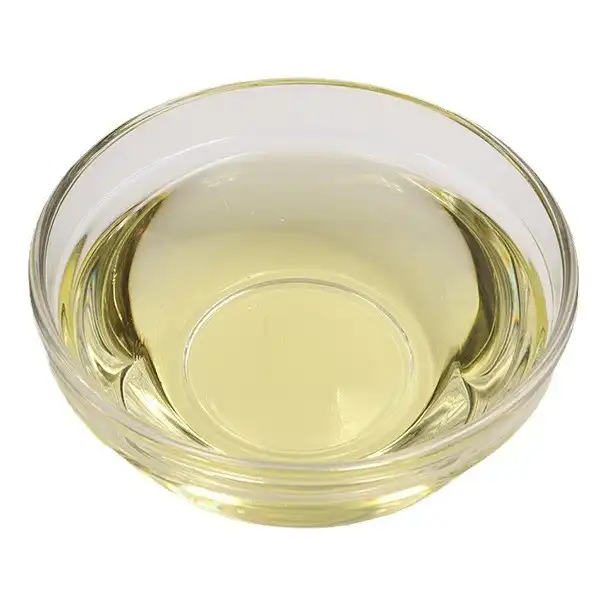Butenafine hcl
Appearance: White, crystals or crystalline powder
Standard:JP
Supply Ability: 1000kg per month
Shelf Life: Two years
Payment: T/T, LC or DA
Delivery Time: Ready Stock
Origin: China
Shipping: DHL, FedEx, TNT, EMS, By Sea, By Air
Can't sell to individuals
- Fast Delievery
- Quality Assurance
- 24/7 Customer Service
Product Introduction
We supply Butenafine hcl API
We offer high- quality Butenafine hcl API, which is a important antifungal agent used to treat colorful skin infections caused by fungi. This API is a white or out-white crystalline greasepaint that's undoable in water and has a melting point of 8- 10 ℃. It's extensively used in the pharmaceutical assiduity for the product of topical antifungal specifics. It works by inhibiting fungal growth and precluding the conflation of the fungal cell membrane. With our dependable force and competitive pricing, you can trust us to give you with the Butenafine hydrochloride powder you need for your medicinal manufacturing requirements.
What is Butenafine HCL
Butenafine HCL is a outgrowth of benzylamine with antifungal exertion. Its structure and antibacterial medium are analogous to those of acrylamides, with only the butyrate benzyl group replacing the acrylamide gene in structure. It has strong antibacterial and bactericidal exertion, and a wide antibacterial diapason. substantially used for tinea pedis, tinea corporis, and tinea cruris caused by sensitive bacteria.
It's a white crystalline or crystalline greasepaint, odorless or slightly foul smelling, with a bitter taste. Easy to dissolve in methanol, ethanol or chloroform, delicate to dissolve in anhydrous acetic acid or acetonitrile, and nearly undoable in ether. Melting point 200- 202 ℃( methanol acetic acid).
Basic Information
Product Name: Butenafine hydrochloride
CAS:101827-46-7
MF:C23H27N.ClH
MW:353.93
EINECS:642-354-4
MDL No.:MFCD00917064
Structural formula:

Purity: 99%+
Origin: China
Application: Antibacterial
Delivery Time: stock
Melting point: 210-214 ° C
Solubility: Dimethyl sulfoxide: ≥ 10mg/mL
Technical Specification:
|
Items |
Standard |
Test results |
|
Description |
White, crystals or crystalline powder |
White crystalline powder |
|
Solubility |
It is very soluble in formic acid, freely soluble in methanol, ethanol (99.5%), slightly soluble in water. |
Conforms |
|
PH |
3.0-4.0 |
3.2 |
|
Melting point |
About 214℃(with decomposition) |
212℃ |
|
Identification |
Both spectra exhibit similar intensities of absorption at the same wavelengths. |
Conforms |
|
Both spectra exhibit similar intensities of absorption at the same wave numbers. |
Conforms |
|
|
For chloride |
Conforms |
|
|
Heavy metals |
≤10ppm |
Conforms |
|
Related substances:
|
Relative retention time 0.16 impurity<0.3% |
N.D. |
|
Unspecified impurity≤0.1% |
0.09% |
|
|
Total impurity≤1.0% |
0.33% |
|
|
Loss on drying |
Not more than 0.1% |
0.08% |
|
Residue on ignition |
Not more than 0.10% |
0.07% |
|
Residual solvents |
Isopropyl alcohol NMT 5000ppm Ethyl acetate NMT5000ppm Chloroform NMT60ppm |
54ppm 13ppn 3ppm |
|
Assay |
Not less than 99-101% |
99.5% |
|
Conclusion : Qualified |
||
Package: 1kg; 25kg
Storage conditions: keep tightly closed, store in a cool dry place.
Mechanism of action
The mechanism of action of Butenafine hcl is mainly selective inhibition of fungal squalene cyclooxygenase, leading to a lack of ergosterol synthesis and a large amount of squalene accumulation. Squalene has a direct toxic effect on fungal cells and can cause rapid fungal death, demonstrating the bactericidal activity of butenafine; Ergosterol is an essential component for the formation of fungal fine chemical membranes. Insufficient synthesis of ergosterol inhibits fungal growth. Its dual effect causes the rupture of fungal cell membranes, exhibiting strong antifungal activity, hindering fungal cell membrane synthesis, and thus playing a dual role in inhibiting and killing fungi. Its safety is high, and its tolerance is good.
Antibacterial effect
Butenafine hydrochloride powder can inhibit the activity of fungal squalene epoxidase at low concentrations, leading to accumulation of squalene and insufficient synthesis of ergosterol. Squalene has a direct toxic effect on fungal cells, leading to rapid fungal death. Ergosterol is an essential component for the formation of fungal cell membranes, and insufficient synthesis of ergosterol directly inhibits fungal growth. The dual effect of causes the rupture of fungal cell membranes, exhibiting strong bactericidal activity, while high concentrations of butenafine also have a direct destructive effect on fungi.
Biological activity
Butenafine HCl API (KP-363) is a synthetic benzylamine antifungal drug that works by inhibiting sterol synthesis and squalene epoxidase.
In vitro research
The minimum inhibitory concentration range of ButenafineHCl on 30 representative strains of different skin fungi is 0.03-1.0 µ g/mL. For two yeast strains out of 10, Butenafine showed limited activity against C.albicans and no activity against M.furfur. For 25 strains representing different Gram positive bacterial strains, it was used to evaluate β- Hemolytic streptococcus group A and rod-shaped bacteria showed activity, but could not inhibit S. aureus. It also showed no activity against all tested Gram negative bacteria. It interferes with fungal ergosterol biosynthesis by inhibiting the conversion of squalene to squalene epoxide catalyzed by squalene epoxidase. It showed activity against KD-04 and KD-305, with a minimum inhibitory concentration of 12ng/mL.
In vivo research
In male Hartley guinea pigs, it showed good therapeutic effects against skin fungal diseases, and this effect was higher than that of Naftipine, Tolnifate, Clotrimazole, and Bifonazole. It used once 24 or 48 hours before infection has shown excellent preventive effects against experimental fungal infections. After 16 weeks, 80% of patients treated with a cream containing 2% butenafine were cured by, while none of the patients in the placebo group were cured. Without interruption of treatment, four patients in the active treatment group experienced subjective mild inflammatory reactions. During the subsequent treatment period, there was no recurrence among the cured patients, and there was no improvement in drug resistance and the condition of patients in the placebo group. In the treatment of patients with positive fungal infections, it is used once a day for 4 weeks, leading to effective clinical reactions and the cure of fungal tinea pedis. Butenafene hydrochloride administered alone can be extremely effective in treating patients with keratinized transitional tinea pedis.
What is the application of Butenafenehydrochloride?
Butenafine hydrochloride powder is a topical antifungal medication that is used to treat various fungal infections. It is commonly used to treat athlete's foot, ringworm, jock itch, and other fungal infections of the skin.
1. Allylamine antifungal agents. Has broad-spectrum antifungal activity. Used for skin fungal infections, such as psoriasis on the body, feet, buttocks, and pityriasis versicolor.
2. Used for the treatment of bronchial asthma, chemical asthma, asthmatic bronchitis, and emphysema
3. Broad spectrum antifungal drugs, antimicrobial agents of pathogenic microorganisms. Used for skin fungal infections. Treating bronchial asthma, asthmatic bronchitis, and emphysema.
Contact information
To sum up, Xi 'an Yihui Company as a professional manufacturer of Butenafine hcl, with high-quality products, high level of research and development capabilities, advanced production equipment and technology, perfect after-sales service and other advantages, is the customer choice of the ideal partner.
if you need it, pls feel free to contact us any time. we will reply you ASAP.
Our contact information:
E-mail: sales@yihuipharm.com
Tel: 0086-29-89695240
WeChat or WhatsApp: 0086-17792415937
Reference:
Ran Yuping, Yang Mei, Li Guiming, Li Hui, etc 1% Butenafine Hydrochloride Ointment for the Treatment of Superficial Fungal Diseases: A Randomized Single Blind Controlled Multicenter Clinical Trial. CNKI, 2002
Wang Aiping, Li Ruoyu, Yang Haizhen, etc A randomized double-blind controlled clinical trial of 1% butenafine hydrochloride solution for the treatment of interdigital tinea pedis and tinea corporis cruris. CNKI, 2001
Wang Ke, Wang Aiping, Li Chunyang, Zhao Guang, etc A randomized double-blind clinical trial of 1% Butenafine Hydrochloride Ointment for the treatment of tinea corporis, cruris, and tinea pedis. Chinese Journal of Clinical Pharmacology, 2004
Yang Renze, Zhong Laigui, Lin Rubin, and others Observation on the therapeutic effect of Butenafine Hydrochloride Cream in the treatment of 60 cases of tinea corporis, cruris, tinea manus, and pedis. Chinese Journal of Mycology, 2007
Jiang Demei, Cao Zhaowu, Wu Yue Observation of the therapeutic effect of 1% Butenafine Hydrochloride Cream on superficial fungal disease. CNKI; WanFang, 2009
Send Message
If you have any enquiry about quotation or cooperation, please feel free to email us at E-mailor use the following enquiry form. Our sales representative will contact you within 24 hours.Thank you for your interest in our products.











